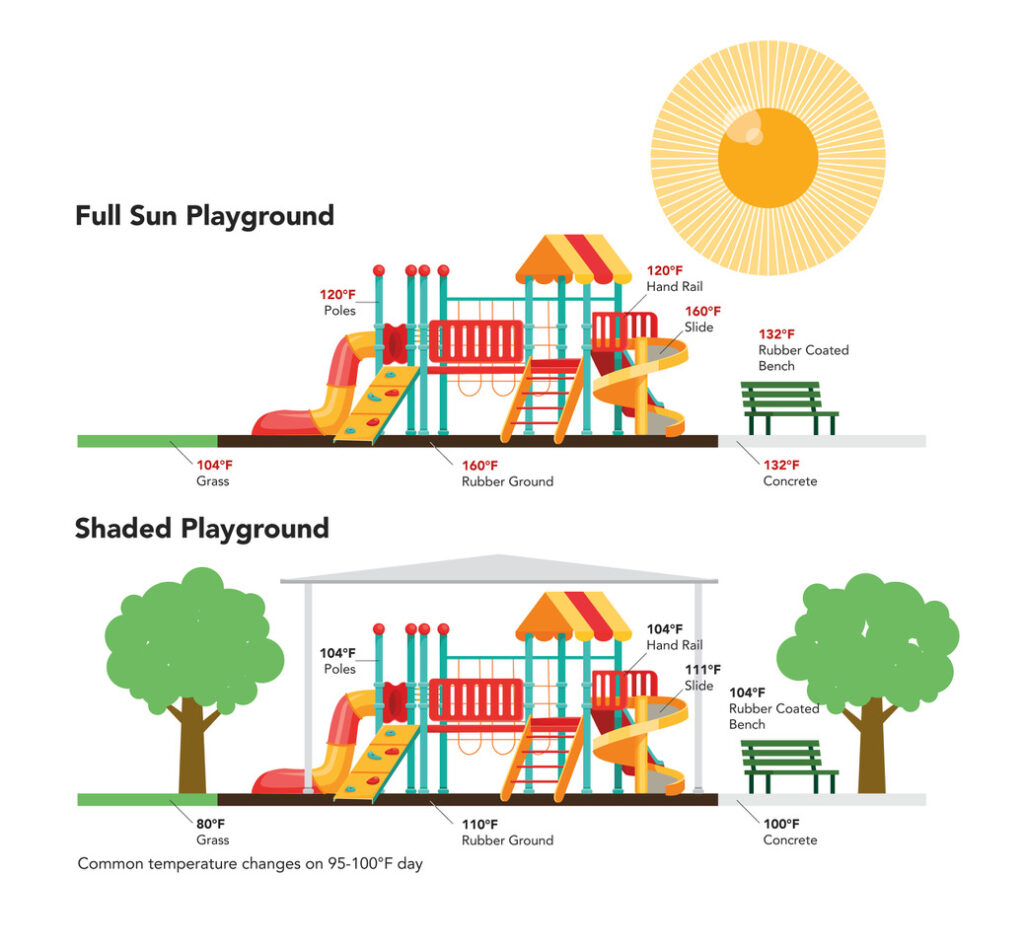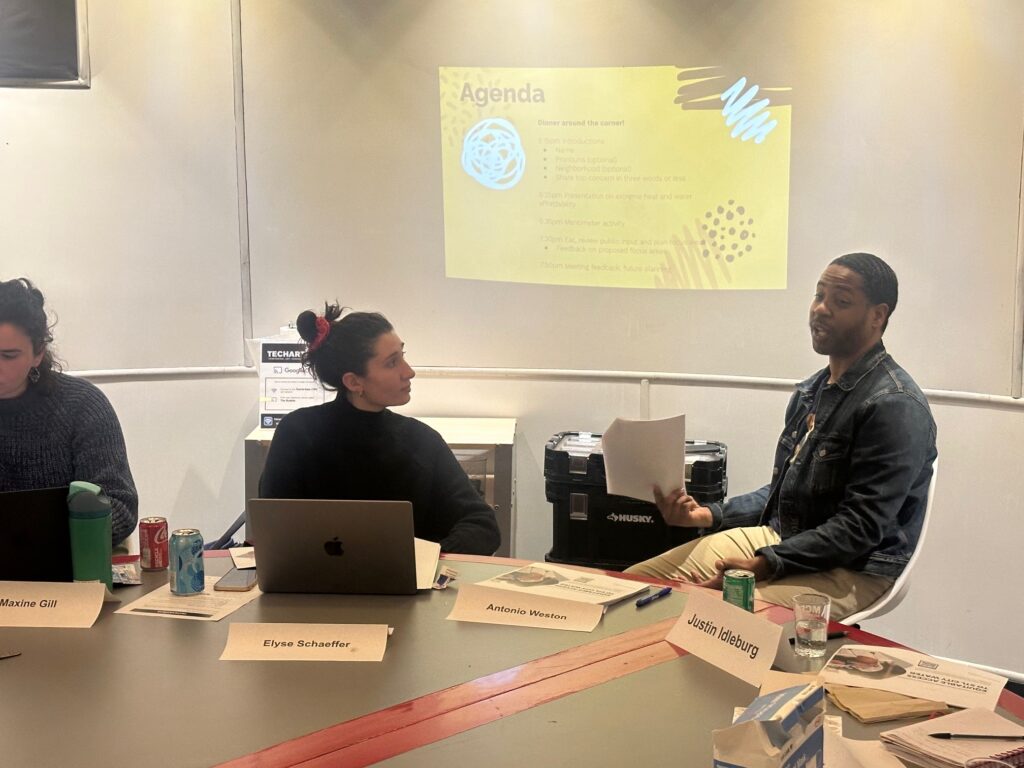It’s confirmed: Summer of 2024 was the hottest summer in recorded history, second only to 2023. While we enjoy the coming of spring, we must also prepare for the increasingly dangerous temperatures in store. MCE is doing so by creating a policy plan that will aim to help protect city of St. Louis residents from the worst effects of extreme heat and mitigate the causes of rising temperatures.

In the fall, we held six community meetings at six locations across the city and one virtual meeting in March. We prioritized neighborhoods where a larger percent of the population is more likely to suffer from heat illness based on age, heart or lung conditions, and income. During each 75 minute session, we asked open-endedly what each participant’s biggest concerns are during dangerously hot conditions. Then everyone participated in a live, online survey where all were asked to rank various concerns at the personal, neighborhood, and city-wide levels.


What we heard
The primary concern attendees expressed was rising utility costs. Despite $3.4 billion in payouts to shareholders and their top executive earning over $9 million, Ameren was in the top seven utilities in the nation for customer disconnections last year. Meanwhile, our community is deeply worried about how we will cool our homes when St. Louis begins to experience 125 degree days. Additionally, the third most-voiced concern was grid reliability. Higher temperatures increases the demand for air conditioning, which puts more strain on electricity infrastructure. In Ameren’s service territory, 44% of our electricity was coal-powered and 29% was powered by methane gas in 2023. These sources release more greenhouse gases into the atmosphere, in turn causing the temperatures to continue to rise. Increased access to solar power was the most suggested solution to both of these problems.
Participants were also expressed that there simply isn’t enough information available about the issue of heat. Desire exists for more or better communication about cooling centers, tree care, access to public water (such as splash pads, pools, and water fountains), utility assistance programs, health messaging during heat events, and how to effectively run the type of air conditioning available. Beyond information, St. Louisans want more infrastructure to combat the heat. Suggested changes included more cooling centers, better maintenance of trees, more frequent public transportation, and bus shelters that provide relief from the heat.
Building infrastructure was another focus of these sessions. St. Louis City’s housing stock is old. The median age of houses in the city is over 100 years old. Though beautiful and historic, this also means that expensive updates must be made to many buildings in order to make them as energy efficient as newer buildings. Though possible, retrofitting buildings with white roofs, green roofs, and/or HVAC units requires a significant financial investment for homeowners. Renters may not have influence over whether such changes are even considered.
Finally, our conversations were deeply people-oriented. Attendees understood that certain members of our community face a higher risk of heat illness. This includes people who: are 65 years old, are under 5 years old, have chronic heart or lung conditions, use certain prescription and/or recreational drugs, and/or are low income (and thus have more limited access to housing, air conditioning, and/or personal vehicles). Black St. Louisans are overrepresented amongst many of these groups, and so the racial justice component of the issue of extreme heat also entered several of our conversations.
Heat advisory board
In addition to one time engagements, MCE has also established an ongoing, paid Heat Advisory Board composed of community members who have been personally affected by heat illness or have lived experiences that make them more likely to experience the adverse effects of heat. During the first meeting of this group, Board members provided feedback to the same questions asked in the public input sessions and reviewed the results of those sessions.
The Heat Advisory Board will meet three more times between now and January 2026. In our next meeting, the group will review a draft of the Extreme Heat Plan. Subsequent meetings will focus on advocacy strategy to influence our elected officials to implement the solutions presented by the plan.
What comes next
When a draft of the plan is complete, we will hold six more community feedback sessions. In those meetings, we will present a draft of the plan and ask attendees whether the policies proposed address the needs of St. Louis city residents. Stay tuned for details on when, where, and how to attend those sessions.
You are an essential part of making this plan a success. The Board of Alderman will want to know that the policy changes we are suggesting are desired by city residents. We will call on you to make your voices heard!


Check with Fayetteville, Arkansas’ city tree planting program. They plant them in specially designed, well drained containments along sidewalks and streets in the city. This encourages healthy tree growth, and people to walk, ride bikes, and move to or stay in the city because it is walkable and has shade. It may seem like a big investment, but the returns are real. In the Tower Grove neighborhood, many trees are being removed, without adequate replacements, Tree roots that create a little upheaval along a sidewalk are much more preferable than a sun baked flat new walk. Only diseased trees should be removed. Too many others are being cut for reasons that don’t stand up to scrutiny when considering inner city air and quality of life.